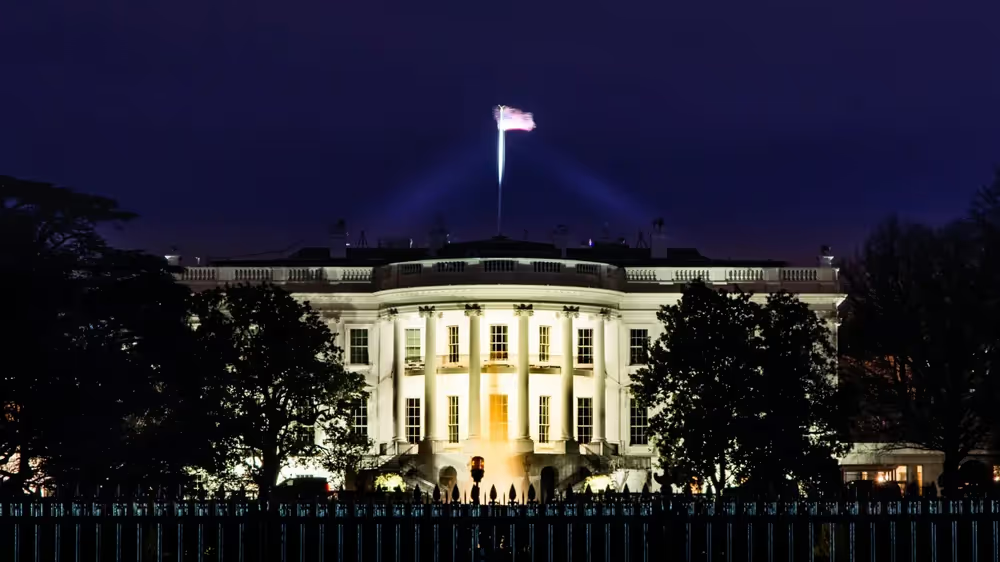
To Fire or Not To Fire?
Both Trump and Biden have erred by sacking without cause members of independent commissions and boards.
One of the most contentious disputes of today asks, just who has the power of appointment over a dizzying array of high government officials? That challenge intensifies in the modern administrative state with its bewildering executive offices, administrative agencies, and specialized tribunals and boards. Today Trump issued an announcement on Truth Social stating his views on the Service Academy Boards that left no doubt as to his political ambition:
Our Service Academies have been infiltrated by Woke Leftist Ideologues over the last four years. I have ordered the immediate dismissal of the Board of Visitors for the Army, Air Force, Navy and Coast Guard. We will have the strongest Military in History, and that begins by appointing new individuals to these Boards. We must make the Military Academies GREAT AGAIN!
He offers no legal explanation for his precipitate action, which follows four years after similar actions by former President Joseph Biden to sack all of Trump’s appointees to these Board of Visitors, which are constituted under the Federal Advisory Committees Act (FACA) of 1972. His reasons sound all too much like the flimsy justifications that Biden had made for his unlawful actions that survived a constitutional challenge on technical grounds: members of this Board did not share the politics of the incumbent President who sought to remove them.
To put this current controversy into historical perspective, it is best to begin with the previous flashpoint, which was President Donald Trump’s decision to fire, among others, Gwynne Wilcox from her position as a member of the National Labor Relations Board even though her fixed five-year term does not expire until 2028. His decision was the first in the last 90 years—for an agency set up in 1935. President Trump’s decision leaves the organization without a quorum to conduct its business, posing the threat that he might soon fire other Democratic members from this and other boards.
Trump’s position is flatly inconsistent with the NLRA, which explicitly states that the president can only remove a board member “upon notice and hearing, for neglect of duty or malfeasance in office, but for no other cause.” So, Trump’s ultimate challenge has to be that these statutory limitations protecting NLRB members are themselves unconstitutional because under Article II, Section 3, “[the president] shall take care that the laws be faithfully executed” which is said to allow him to fire individuals at will from any administrative position in the executive branch.
That constitutional structure was challenged during the New Deal with the creation of independent agencies whose members, like those of the NLRB, could, under the statute, be fired only for cause. In the most unhappy decision of Humphrey’s Executor v. United States (1935), President Franklin D. Roosevelt sought to replace William Humphrey as a member of the Federal Trade Commission before the expiration of his seven-year term. The 1932 decision in Crowell v. Benson allowed for the creation of a federal commission to determine awards in federal workmen’s compensation cases, patterned on similar state commissions, even though these commissions fit only awkwardly into the traditional tripartite division of legislative, executive, and judicial powers. The FTC had very different regulatory functions from the compensation boards, but Justice George Sutherland held that since these functions were “predominantly quasi-judicial and quasi-legislative”—note the double quasi—they could be lodged in the hands of an independent agency. The tension here is that the textual support for Sutherland’s position is weak when, at the same time, commissions like the FTC, FCC, SEC, and ICC were thought to be in the administrative vanguard because they allowed for expertise in interpreting and applying the law. In a charge led recently by Justice Brett Kavanaugh, Humphrey’s has come under withering fire.
My views on the issue are mixed. The textual origin for the independent agencies is weak, but the historical performance of 90 years of implementation, it cannot be said that this commission system is, on balance, a net plus that offsets the ever-greater power of the President in a world where the federal government is largely unconstrained by effective constitutional constraints. Undoing past interpretive errors is a difficult balancing test, but the regime of independent agencies bears no relationship to the disastrous regime of separate-but-equal upheld in Plessy v. Ferguson (1896) before it was displaced in Brown v. Board of Education in 1954—a case that is universally regarded as a moral imperative today but which received sharp criticism from the great Judge Learned Hand in his Holmes Lecture of 1958 and by the parallel attack on the decision by Herbert Wechsler in his Harvard Law Review Foreword Toward Neutral Principles of Constitutional Law also of 1958. But ridding the nation of the painful injustice of segregation ultimately carried the day.
The same harsh judgment about Plessy cannot be made globally about the central role that independent commissions, whose effectiveness depends hugely on the rules—e.g., the degree of deference they receive on questions of law—many of which were determined by the key provisions of the Administrative Procedure Act of 1946. At this point, the turn in the political culture has, in my view, strengthened the case for keeping the status quo, which accepts the formation of five member commissions, divided 3-2 on political lines, with the president appointing the crucial chair. This judgment is always empirical and contestable, but with the ever-greater aggrandizement of power in the hand of the chief executive, the stronger case is to keep independent agencies as a neutral check on his political power so that Trump cannot wreck a long historical practice for his rank partisan preferences. No one should think that there is the slightest overlap in substantive labor law between myself and Ms. Wilcox, but it is a far better approach to undo many of the recent decisions of the NRLB (e.g. on the organization of student athletes) than to blow up the institution, without having a clear idea what should take its place. Prudence is tricky to define, but whatever its definition, Trump is not its incarnation.
Sadly, it also turns out that neither was former President Joseph Biden. In a less visible action, he paved the way for Trump’ indefensible broadside, when he showed his reckless disregard for our traditional system of checks and balances that had stood the test of time in limiting undue political influence on key public institutions. Recall that FACA has governed successfully the operation of the over 60 Boards of Visitors (BOVs) that were the joint creatures of the President, the House of Representatives, and the Senate established to advise the government on matters of public importance. By design, these advisory boards were given no executive authority whatsoever. Instead, their members served as watchdogs with soft power who were required to exercise their “independent judgment” over their respective domains, so their decisions would not be “inappropriately influenced by the appointing authority or by any special interest.” Further, these BOVs are statutorily required to be “fairly balanced in terms of the points of view represented,” a rule not dissimilar to that which requires all commissions to have three members from the President’s party and two from the opposition.
The distinctive appointment process to these BOVs gave the Speaker of the House five seats, each for a one-year term; the President pro tem of the Senate four seats, also each for one year. The six presidential appointees held staggered terms for three years so that each President got to appoint two new members each year, allowing for an orderly rotation of office across separate presidential administrations. During his first term, a more cautious Trump followed the historical norm by leaving all Obama appointments in place until their terms expired. But then-incoming President Biden showed no respect for that tradition, so that on February 4, 2021, his Secretary of Defense Lloyd Austin, without any statutory authority, suspended the operation of the three BOVs for the three service academies—Army, Navy, and Air Force supposedly to conduct a “zero-based” review, which could have been conducted while these Boards continued their normal operations.
In September 2021, all Trump appointees received a brief letter from the White House asking them to resign by 5 pm that night or be fired at 6 pm. The explanation: they were not “aligned” with the President’s values and had allegedly “stood by silently” while the former President who appointed them led an insurrection against the Capitol. These boards wield much soft power because their reports and recommendations directly influence the operation of the boards they oversee, and they give not just the president but also Congress information with which to discharge their oversight functions. They also allow private advocacy groups access to information that helps their calibrate their positions. Why would Biden even bother with them if these Boards were idle contraptions?
It also turns out that many fired individuals just walk away because they do not want to put themselves in the spotlight, which would preclude them from further government work. It is the classic case of the underprovision of the public good of preserving lawful behavior. As notable exceptions to these common retreats, Heidi Stirrup and several other Board Members brought suit to declare that the President had exceeded his powers under FACA, only to be met by a wall of resistance and indifference in the courts. Having criticized Biden publicly in September 2021, I was then invited to join with two military lawyers, Jeffrey McFadden and Mike Rose, in what turned out to be a pro bono exercise in legal futility. A Trump appointee to the Federal District Court of the District of Columbia, Judge Timothy Kelly, without the benefit of oral argument, wrote a dismissive opinion treating all Board Members as if they were federal district attorneys on term contracts, who are routinely subject to dismissal at will by the president. The better analogy is to members of independent commissioners in Humphrey’s Executor or the members of the War Claims Commission in Wiener v U.S. (1958), who, as the Court held, could be dismissed only for cause.
The Court of Appeals for the District of Columbia (Judges Nina Pillard, Gregory Katsas, and Oscar Garcia) did even worse. Without asking a single question of the government attorney, they held that the entire case was moot because the three-year terms of all plaintiffs had expired, even though an unbroken line of cases of over 100 years, including most notably Roe v. Wade (1973), had held that mootness was no defense for issues that are “capable of repetition, yet evading review.” In its brief per curiam opinion, the panel never cited or discussed Roe, its forebears, and progeny and dismissed the plaintiff’s case as moot even though all the relevant pertinent legal materials were before it to make a decision before this administration took office. And of course, the issue is now front and center again. The Supreme Court then refused to review the plaintiffs’ petition, which was prepared with Timothy Sandefur of the Goldwater Institute.
Technically, the case was dismissed on procedural grounds, leaving Trump to face this critical choice: the right thing to have done was not to dismiss the current Biden appointees (and perhaps even the other appointees. He should have followed his earlier practice of filling his seats when they came open, and counting on the Vice President, as President Pro Tem of the Senate and Michael Johnson, as Speaker of the House to give him working majority on the BOVS. However strongly he disagrees with the Biden appointees, he should let them run out their terms. The woke issues in the Service Academies can be addressed by traditional means, including firing the heads of all the service academies and rooting out woke practices, which has already been done in large part through the efforts of Pete Hegseth, which has resulted in substantial increase in military recruitments that had flagged precipitously under the egregious Biden policies.
So why the hurry to wreak vengeance? Have no doubt that the earlier decisions left this case hanging on the merits. There is no question that he will be sued by left-wing groups who will and should have strong chances to topple his illegal initiative. Trump should have the sense to pull his decision to fire the BOVs to put some political distance between himself and his lawless predecessor. He should even go one step further by proposing new language to FACA to prevent any future president from pulling a similar stunt, which, if repeated, will surely spell the sorrowful end of independent oversight boards throughout government. His short-term folly could lead to long-term social dislocation.
Richard A. Epstein is a senior research fellow at the Civitas Institute. He is also the inaugural Laurence A. Tisch Professor of Law at NYU School of Law, where he serves as a Director of the Classical Liberal Institute, which he helped found in 2013. Epstein is also the James Parker Hall Distinguished Service Professor of Law Emeritus and a senior lecturer at the University of Chicago.
Constitutionalism
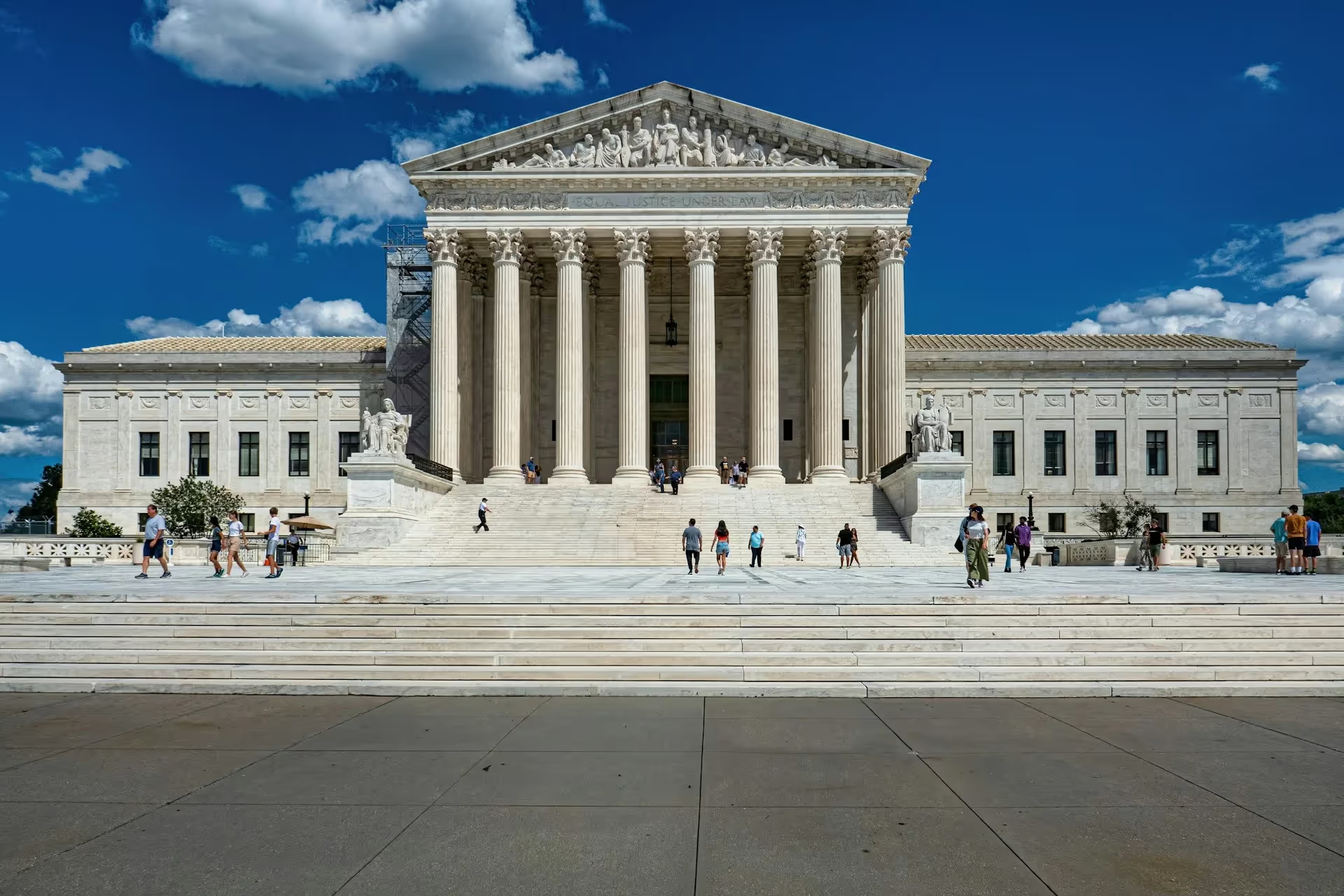
Amicus Brief: Hon. William P. Barr and Hon. Michael B. Mukasey in Support of Petitioners
Former AGs Barr and Mukasey Cite Civitas in a SCOTUS Brief

Rational Judicial Review: Constitutions as Power-sharing Agreements, Secession, and the Problem of Dred Scott
Judicial review and originalism serve as valuable commitment mechanisms to enforce future compliance with a political bargain.
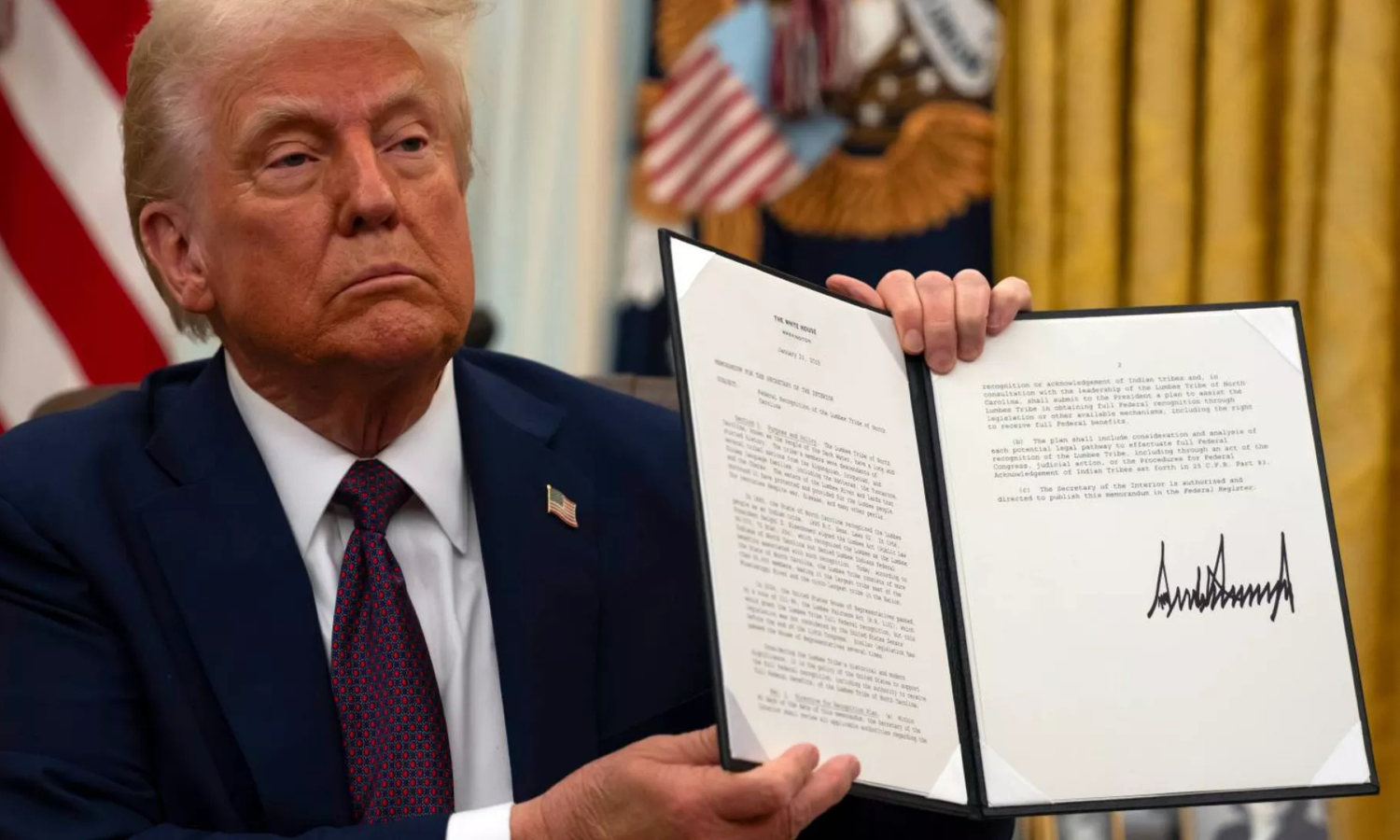
Supreme Court showdown exposes shaky case against birthright citizenship
Supreme Court will hear challenges to Trump's order ending birthright citizenship, testing the 14th Amendment's guarantee for babies born in America.

Just Follow the Law
By definition, no one can lawfully disobey the law. The problem, though, is that it can be difficult to know what the law requires, even for legal experts.

Obamacare Should No Longer be SCOTUScare
Whatever one makes of the Supreme Court’s “why bother” attitude to its prior statutory rulings, Republican leaders in Congress should accept the invitation to provide a legal fix to Obamacare.
.avif)

.avif)

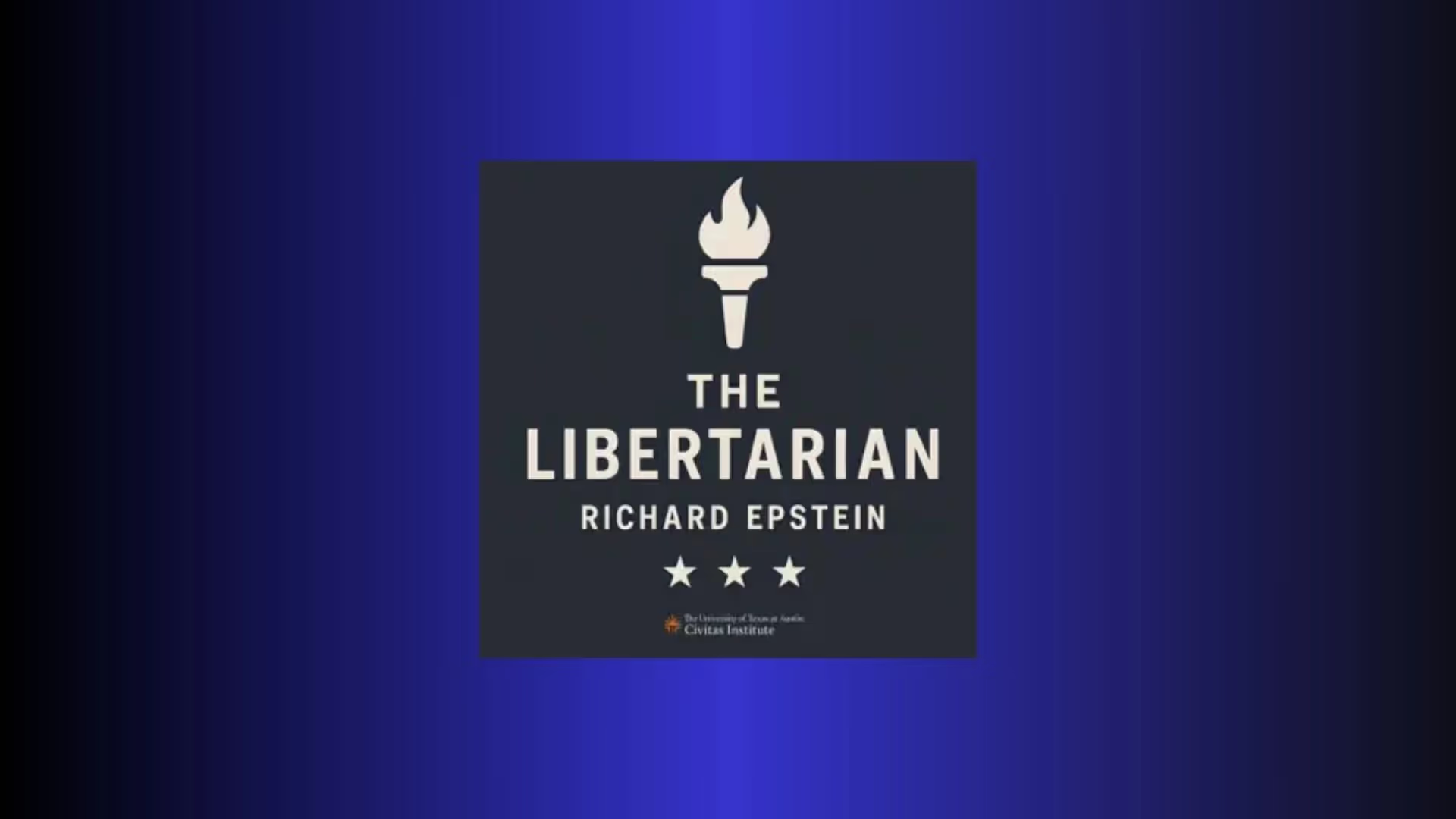
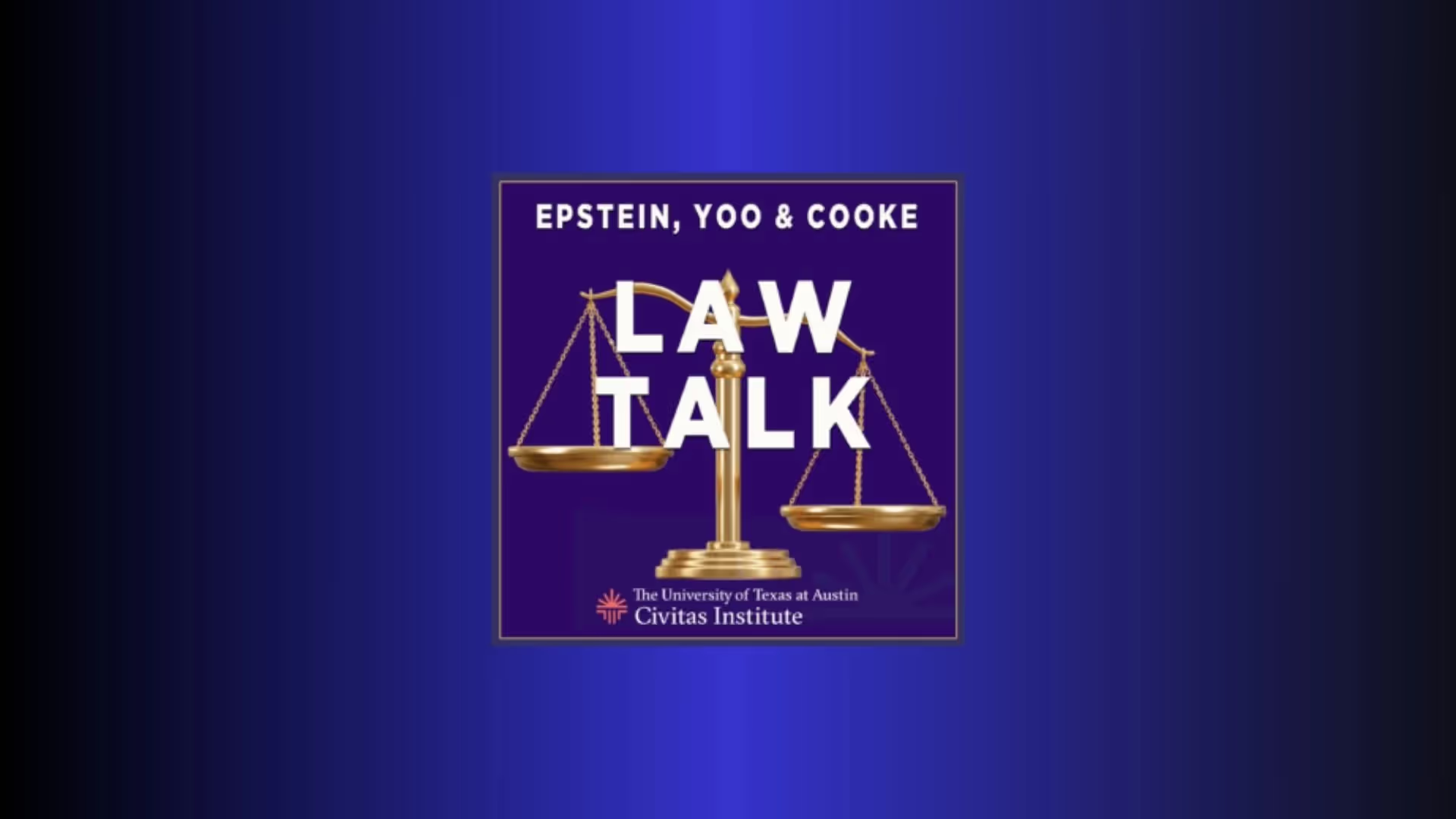




.avif)
.avif)

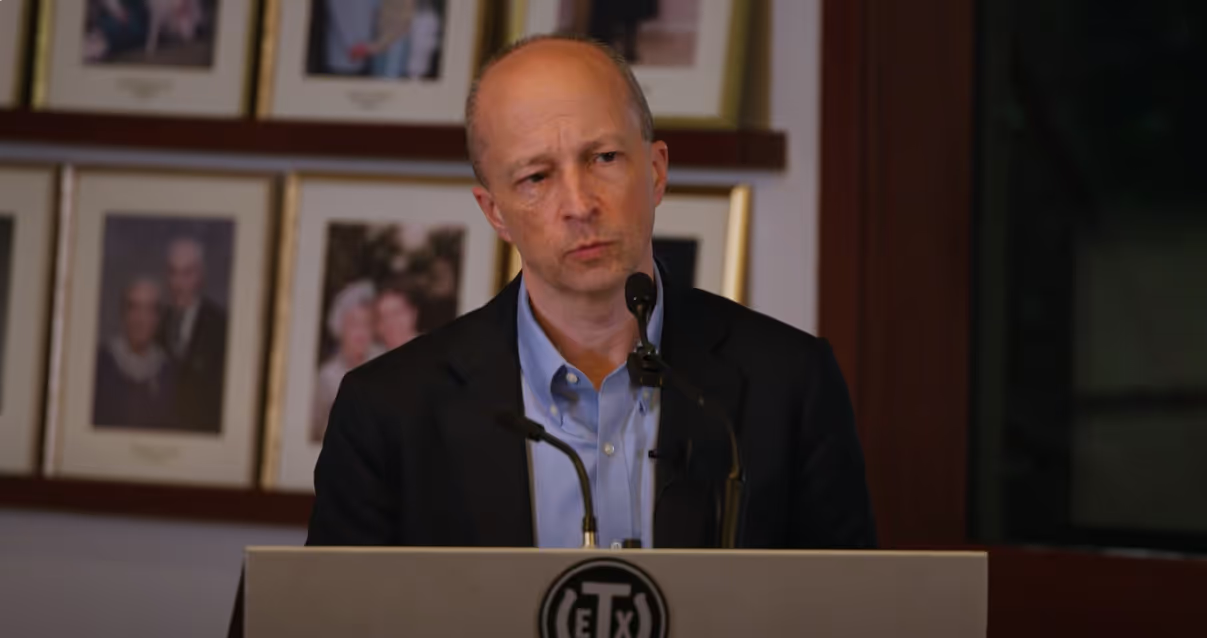
.webp)


